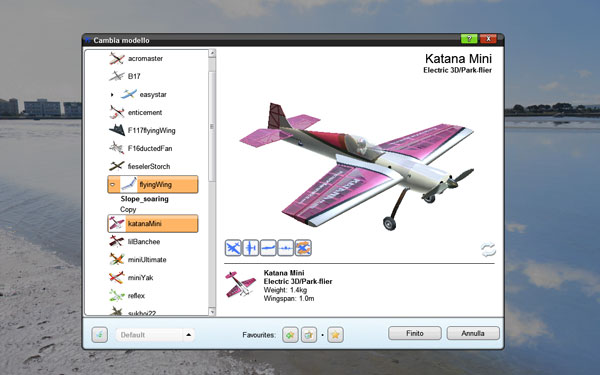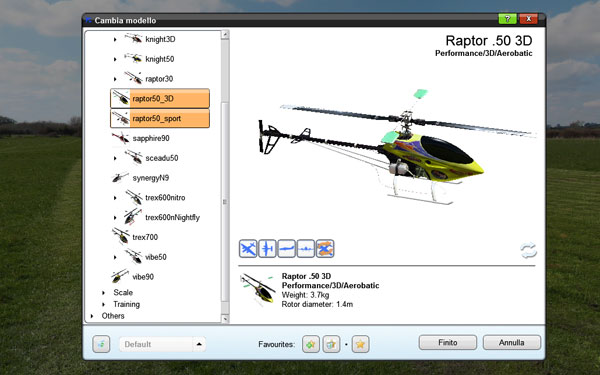



There are settings you can change which get around this new feature for programs so that they can be run as administrator without the user having to select "Run as Administrator" at each launch. Even though, you are the Administrator, remember, you are running with user rights.

So that's why you need to select "Run as Administrator" when starting Phoenix, because it is not running with admin rights unless you have selected this. When this pop up occurs (at what level of security you want) can be set by you. Then the admin rights are momentarily active for this instance. The pop up does not require authentication (password) but simply clicking OK or Yes. What happens is each time an action requires admin rights, either the action is denied (you don't see anything, it just won't work) or a pop up displays. OK, so your user account is set as an Administrator, but the admin rights are not active. Someone who is MS certified can likely give a better explanation and is welcome to post one. I'll do my best to explain it as I understand it. MS added the UAC feature to make this happen as a default, so you are the admin but running with user rights While this may be best practice, it is not what users do. People should run as a user and then when needed, log out, log in as the administrator or otherwise invoke the admin rights. Because of course, when running as administrator, the machine is wide open. This is not recommended because software can do harmful (virus/security) installs as well as you installing helpful stuff. MS, knowing that many users give their day to day user account Administrator privileges. If you are looking for an old release that is not present here or on the mirror, check the Apache Archive.MS introduced a new "feature". Please follow the appropriate link depending on your HBase version. Follow Verify the Integrity of the Files for how to verify your mirrored downloads.Ĭurrent release 4.16.1 can run on Apache HBase 1.3, 1.4, 1.5 and 1.6.Ĭurrent release 5.1.3 can run on Apache HBase 2.1, 2.2, 2.3, 2.4 and 2.5. See our installation instructions here, our release notes here, and a list of fixes and new features here. The keys used to sign releases can be found in our published KEYS file. The below table lists mirrored release artifacts and their associated hashes and signatures available ONLY at.


 0 kommentar(er)
0 kommentar(er)
